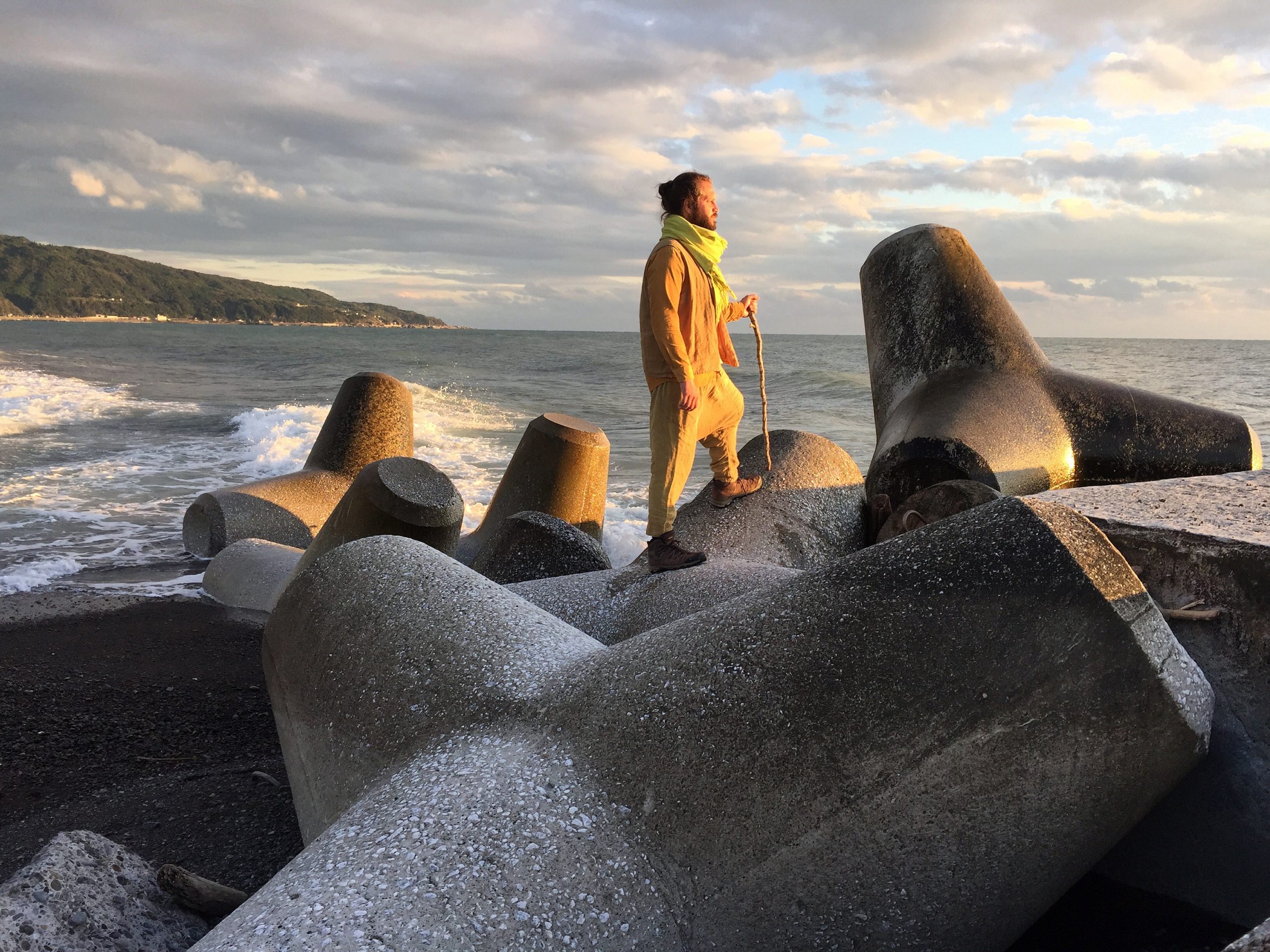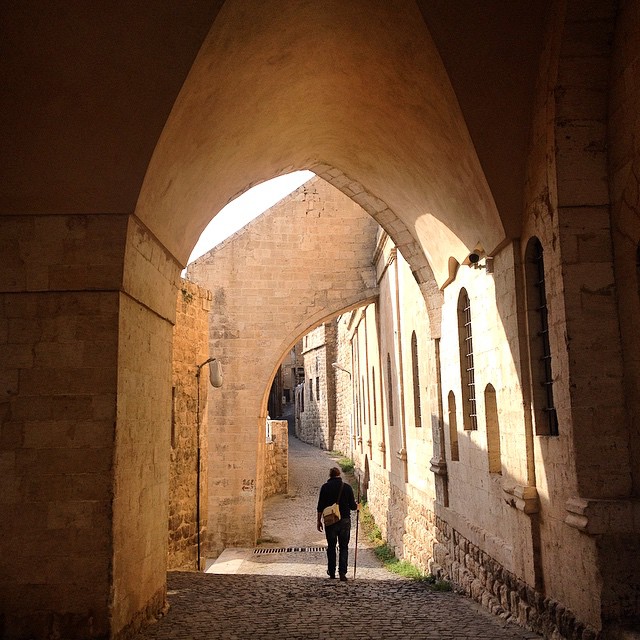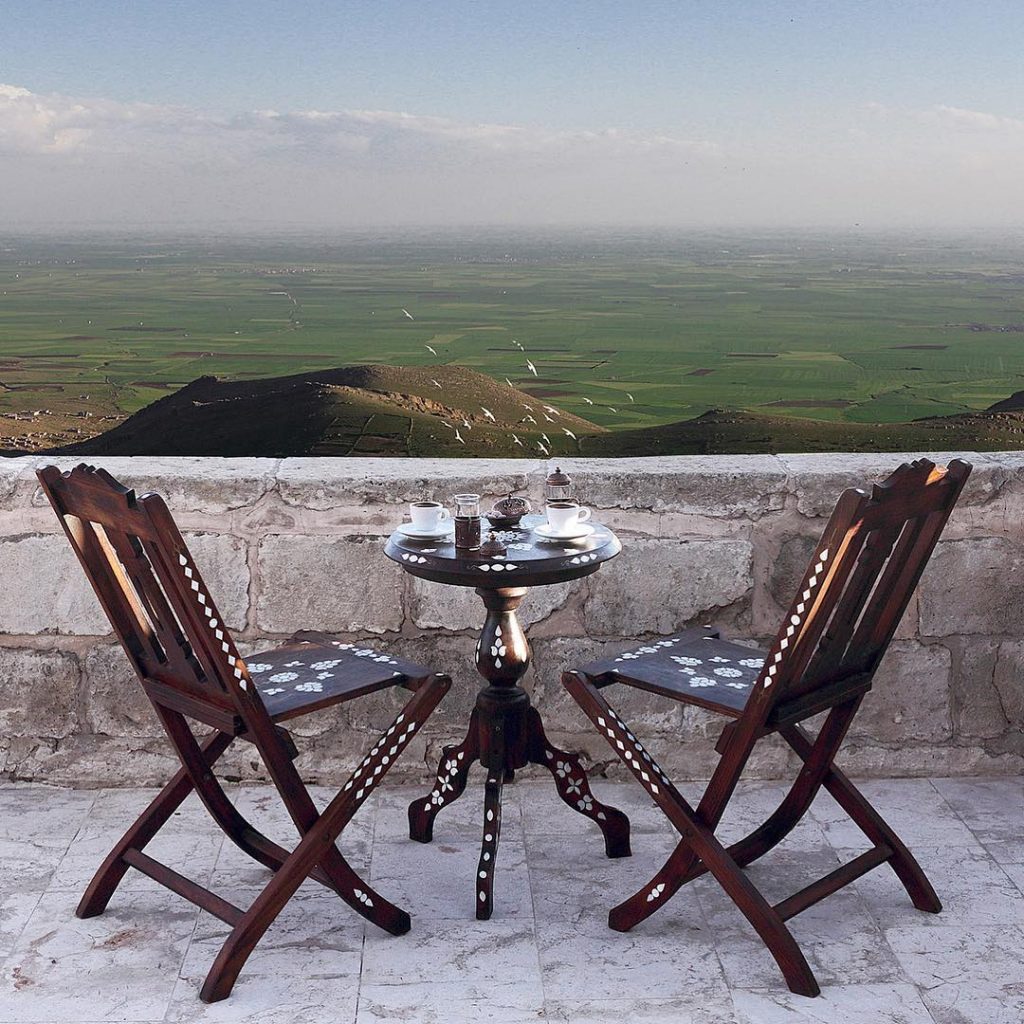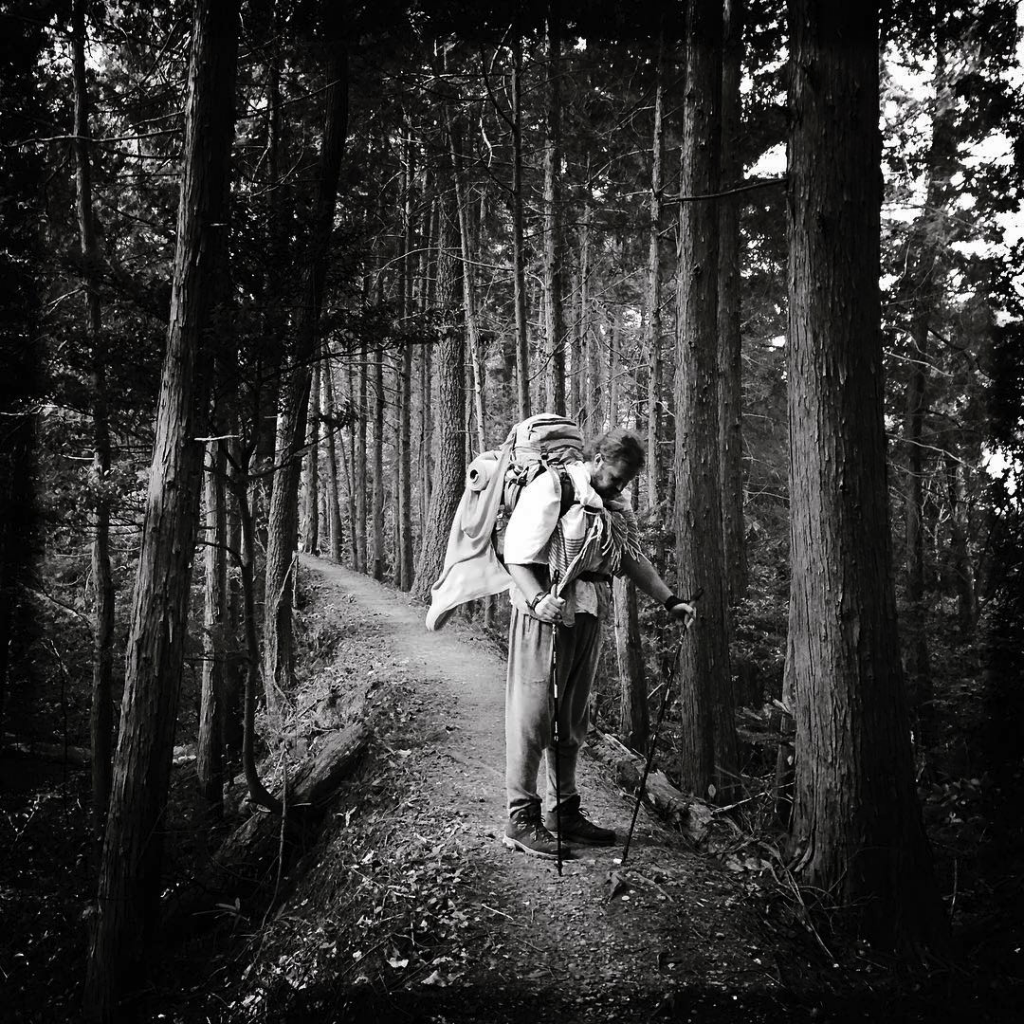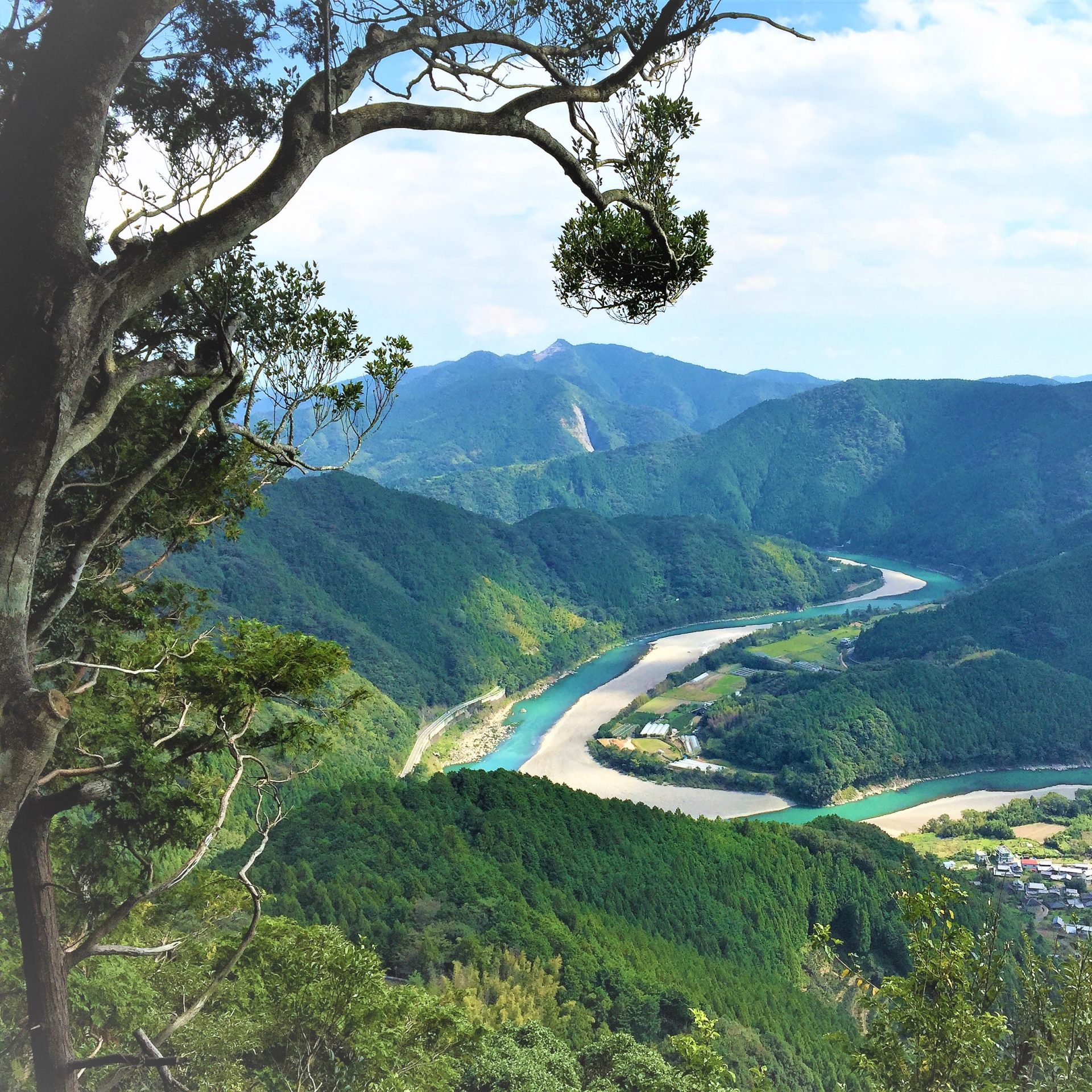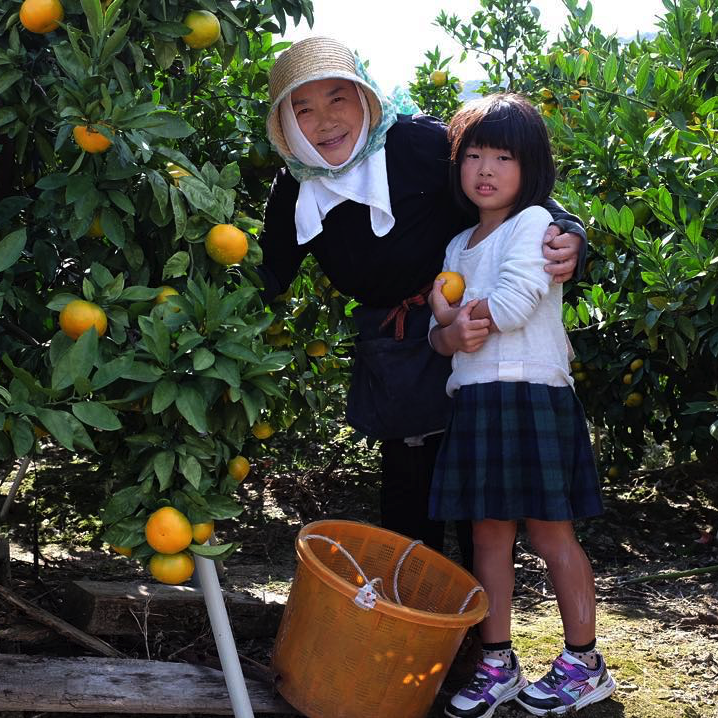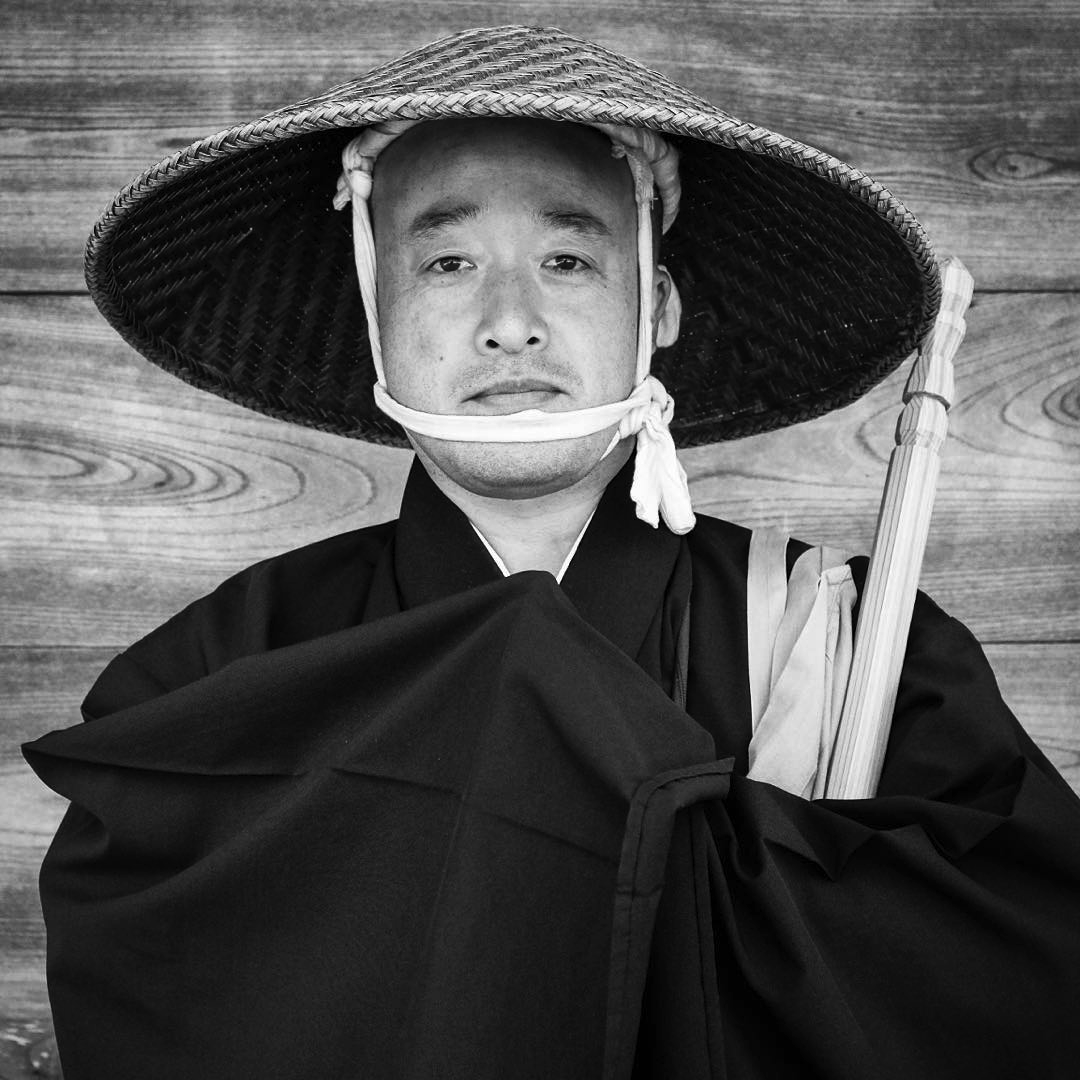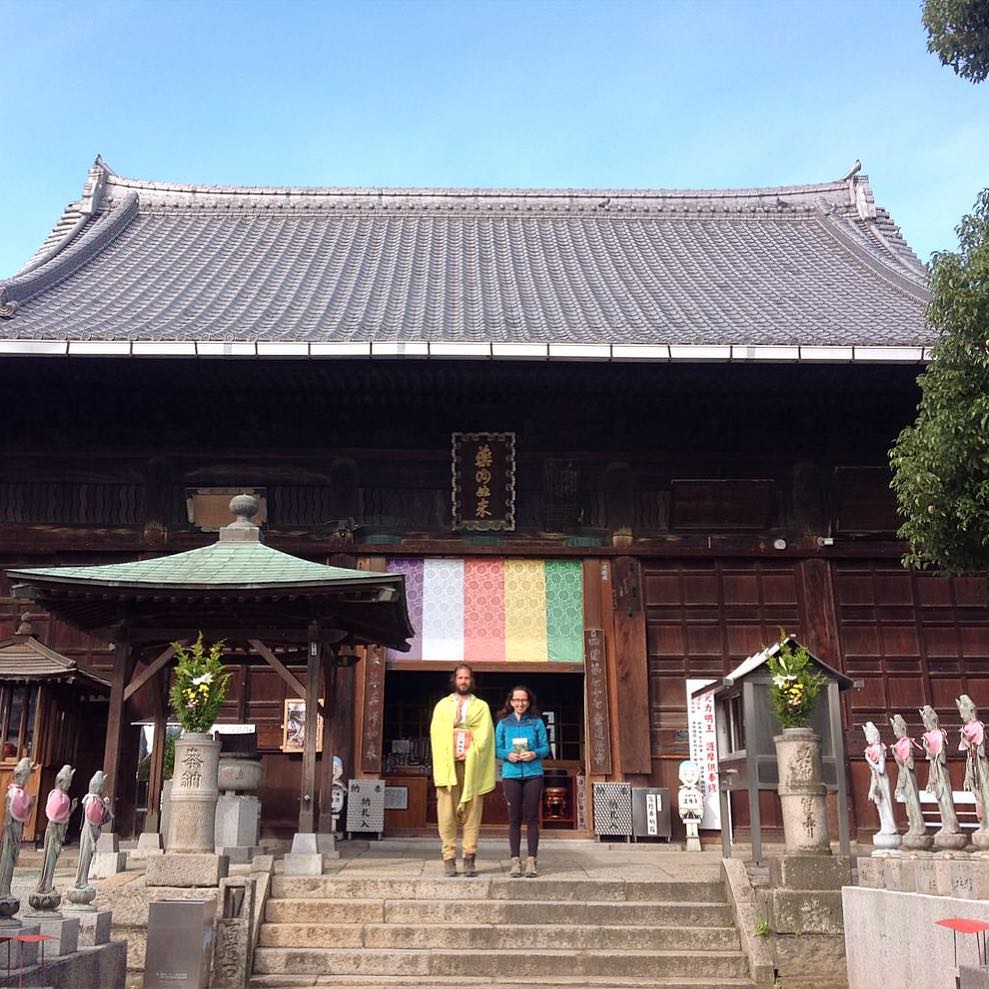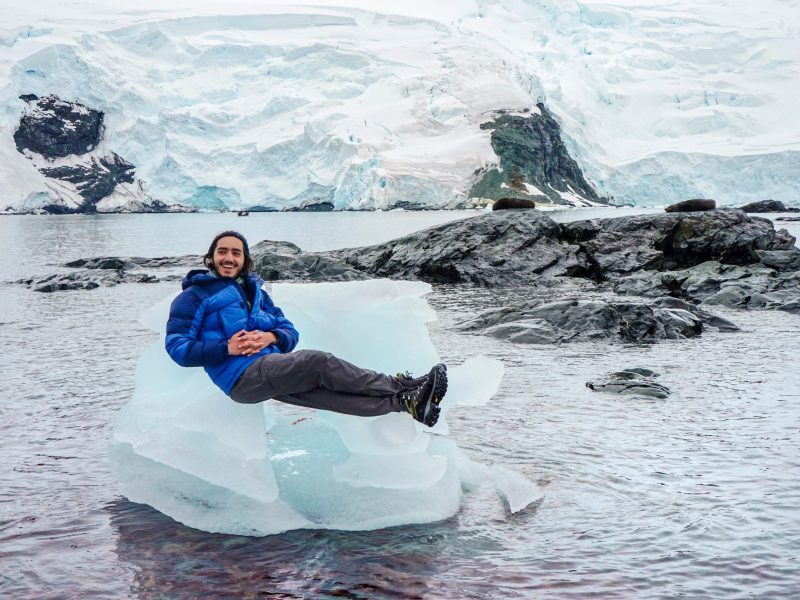Passion for the Long-Distance Walks
Once upon a time, our world was divided by mountains and rivers rather than countries and borders, while traversing long distances on foot was not something rare. Can Bulgu wants to recreate this feeling and tells us about his long-distance walks that took him to the remotest spots from Spain to Turkey and Japan.
What was the first long road you walked?
Camino de Santiago in the north of Spain. Initially, I had thought it was only a pilgrimage route of the Catholic Church, but later I realized that it was known as the road to the end of the world even before Christianity, when the Americas were not discovered yet. The mankind who imagined the world as flat thought the tip of Spain as the end of the world. If you committed a crime in medieval Europe, judges were sending you to Camino de Santiago as a punishment and expected you to bring back a unique oyster shell as proof.
Camino de Santiago is perhaps the most famous of all long-walking roads. I guess it turned out to be a kind of fetish in the end, thanks to Paulo Coelho’s book titled The Pilgrimage.
There was a pilgrimage museum on the Camino de Santiago. They had kept a 200 or 300-year-old ledger of the pilgrims who walked the road every year. In 1970, only 60 people walked.
The year when irreligiousness peaked in Europe…
Or, the year when people flocked to the beaches of Europe for surfing.
Are people now walking Camino de Santiago for more touristic purposes?
Yes, but it seems that there is always a hope of discovering a few meaningful sentences about life, too.
“Have you heard of the term “Anthropocene”? It means the age shaped by mankind. We are in an age where human activity started to have a lasting impact on nature. I think this phenomenon is even scarier in the eye of a traveler.”
How many kilometers in total?
The section that Paulo Coelho describes in his book, which I also took as a reference, is about 860 km, starting from the foothills of the Pyrenees on the border of Spain and France. There are other historical roads starting from Russia, Italy, Poland and the Netherlands to join Camino de Santiago, all of which have been mapped. In a way, they are all used. I met someone walking from the Netherlands. There were people from Italy who had visited Vatican and St. Francis of Assisi before. There was also someone coming from Lourdes, in France.
An Italian friend had walked that road by breaking his debit card. Is this possible?
I was penniless in a way too. That could be done, of course. If you don’t have money for accommodation, nobody is trying to choke you. I met a French boxer who was living on and around the pilgrimage route for five years. “Now, I’m a gardener,” he said. “I go from church to church, from monastery to monastery and do gardening in exchange for food and bed.” He used to stay at a place for a while, and then looked for another garden when he got bored. There were also such people along the road.
How did this experience change you? After all, you’re stepping out of the game…
It comes as a shock to realize how many people are actually out of the game. The game continues when you leave the city as well. Villagers also dream of being a city dweller by saving money, if possible. But people who live in the province for a long time also have very interesting characteristics they could share with you. You start seeing things that you might not realize normally when you step into a 40-household village on foot, rather than as a tourist.
TRAVELS IN MESOPOTAMIA
When you enter a settlement on foot, does people’s perception of you change?
Absolutely… I had very strange moments. Let me give you an example from Turkey: In Anatolia, Mesopotamia there is an identity called “dervish”. In the books, these people are usually described as ascetics, outliers, or even lunatics. But “dervish” is usually a stranger who travels from village to village on foot. They welcomed me as a “dervish” several times in Anatolia. An English traveler named James Silk Buckingham also tells his encounter with a musician from India in Zinnar village of Mardin, in his 1827 travelogue titled Travels in Mesopotamia. They started chatting, and the man said: “I am a dervish. I’ve been traveling for years. I was expelled from my village in India, due to a crime I committed and I’ve found myself here!” I realized in time that this identity was a respected one by the locals at this geography.
If we get back to the road… Once a person walks a long-distance road, does he desire to walk again? How has your walking adventure evolved afterward?
Some say it requires “great courage”. I would say it is out of “great despair”. Sure, there is a very exciting or adventurous aspect of hitting the road. But there is also hopelessness stemming from the system’s disability to keep you inside. When I read Coelho’s book, I was 19. I remember thinking: “If one day I feel hopeless about life, I will walk this road.” That moment came eleven years later when I was 30!
What was the longest road you’ve ever walked?
I walked around 2,000 km in Turkey and it took me about three months. A fit person can normally walk an average of 30 km per day. If you take pleasant breaks from time to time, your feet could carry you. It adds up to 900 km in 30 days. The maximum distance I have ever walked in one day is 48 km. By the way, I also witnessed people going out at 5 am and walking for 70 km until 1 am.
“There is a simple rule for long-distance walking: the weight of a backpack shouldn’t exceed 10% of your body weight. For example, if I weigh 90 kilos, my bag should weigh 9 kilos. If it’s 11-12 kilos, life becomes painful on the road.”
How did plan your route through Turkey?
I’ve never made plans. I stopped drawing routes in Spain. There is nothing more depressing than trying to follow a certain line. We are not trying to survive in the uncertainty of Amazon jungles after all! There is a road network that covers everywhere. One habit I have developed in time is asking the way the first person I come across: “Where does this road lead to?”
So curiosity was your compass on the road…
I actually knew I wanted to be on the Syrian border. The Syrian War had just started in 2011. My arm had been broken and just recovered at the time. I told to myself, “I have to be there.” I didn’t know where I needed to be exactly, but there was a lot of news from the city of Hatay on the Syrian border, and I knew instinctively that I had to whereabouts. People I met on the road directed me to Mardin in the end! I met a director who had worked as the cameraman for Rhino Season, a short film shot by the Iranian Kurdish director Bahman Ghobadi in Mardin, starring Monica Belluci. He told me “You should definitely go to Mardin!”
Did you go and stay there?
I went and found the cinema association he mentioned. I met Mehmet Hadi Baran there, the well-esteemed manager of the cinema association in Mardin. “We have things to do with you -you can’t go anywhere,” he said. I was planning to stay for two or three days, but I stayed to write projects in the end. One month passed, and then six months and a year, without knowing it! We completed several documentary projects together. The Yazidis had just fled Syria at the time and I found myself occupied with exactly the things I’d like to do.
Then you came across your wife Emel Ernalbant in Mardin as well, and you decided to walk a long-distance road together, no?
Yes. Emel knew about my ambition for long-distance walks. As a photographer, she had been traveling a lot too. We were discussing what traveling was all about and how we could understand a place. I need to see the four seasons of a place, before I can tell that I know that place. Walking together with her was also important for me and I giving the signals of it: “You know, I have more routes to walk.” She was open to the idea.
PREPARING FOR SHIKOKU PILGRIMAGE ROUTE
How did you decide to walk Shikoku Island together?
There was an old pilgrim from Shikoku whom I met walking the Camino de Santiago. One day I remembered him. He had come there from Shikoku Island with his son. He was crossing across a field with his Japanese style straw-hat. I was resting under a tree. “Who the hell is he?” I said to myself. We had no choice but to talk. His elder son had committed suicide and he had decided to walk this pilgrimage road to mourn for him together with his younger son. It was a bitter story. He talked about the pilgrimage tradition in Japan. He had walked Shikoku route several times but it was not enough. These people were not wealthy and you could feel that they were coming from the real working class. Obviously, the man was walking the road to digest a trauma, and to reconnect with his younger son too…
Japan is a very unique country. Almost like going to space for me. How did you prepare for the trip?
We did not do much preparation. We made sure that we have the right backpacks and shoes. Emel thought she needed to carry more things on the road, as it was her first time. We bought shampoo from Mardin, and about two kilos of dried nuts. Then we left many of that stuff in a hotel room in Japan. There is a simple rule for long-distance walking: the weight of a backpack shouldn’t exceed 10% of your body weight. For example, if I weigh 90 kilos, my bag should weigh 9 kilos. If it’s 11-12 kilos, life becomes painful on the road.
Were there any moments you sweated?
Walking 24 hours a day with someone is a great education. You need to change your perspective constantly. We also had a very limited budget and Emel was worried if our money would be enough. I was telling, “Don’t worry; it is resolved when the time comes.”
So it was an end-to-end budget… Did you believe that the road would bring you what you needed?
I did not go to Spain with a lot of money too. An emergency actually triggers all your abilities instantly. I have a passion for drawing and I was making sketches on the road. When I arrived at Santiago de Compostela at the end of the route, I was penniless. After 3 months on the road, I had no money to buy a return ticket home; and I didn’t want to return anyway. I went to a print house and quickly designed a book from my drawings and printed 50 copies to sell on the street. At the end of the fourth day, they were all sold out and I had 300 Euros in my pocket. I re-printed the book and sold them again. I lived in Santiago de Compostela for a year like that. Later, I painted larger canvases and even opened an exhibition. The municipality even bought a large painting and hung it on the walls of its building.
PASSING THROUGH 88 BUDDHIST TEMPLES
Could we get more into the details of Shikoku route? How is it different from the other long-distance walks? It is a spiritual path that passes through 88 temples, after all…
Have you heard of the term “Anthropocene”? It means the age shaped by mankind. We are in an age where human activity started to have a lasting impact on nature. I think this phenomenon is even scarier in the eye of a traveler. Observed from the outside, Japan really has an exciting mystery. Due to movies you watch as a child, or due to Miyazaki, you always sense that it has a fantastic side. On the other hand, Shikoku is very close to Hiroshima, where the atomic bomb was dropped at the end of World War II. We did not hear any birds singing in most of the forests we entered! The worst thing was a strong smell of carrion we sensed when we entered a beautiful forest. Then we started to hear screams of pigs. We had stumbled upon a pig slaughterhouse at the most unexpected spot!
There is a great depression on the island. It is one of the places with the highest suicide rate in the country. The rural despair I witnessed there suddenly coincided with the loss of the Japanese pilgrim I met on Camino de Santiago. Young people try to escape to Tokyo, while elder people get more and more lonely. The whole country acts as if society outside Tokyo is not possible.
We also saw priests driving luxury racing cars on the island. The order of priesthood passes from father to son. After the son is graduated from the Buddhist seminary, he takes over the father’s temple. If it is one of the 88 temples on the pilgrimage route, Bingo! The pilgrims have to go through your temple. There are also abandoned temples. Those are the interesting ones, of course! As the country entered World War II, Buddhist monks encouraged the people to fight. When Americans discovered this link after the war, they constitutionally prohibited Buddhism in Japan. That’s why the Buddhist temples have been closed for a long time and lost their importance.
Japan has a unique religion too, called Shinto, which is very akin to shamanism in some ways. The Japanese believe that forests have souls. I think it is very healthy to believe that every natural phenomenon tells us something. I wish we could listen to nature so closely today as well. To give an example: We entered the wrong way one evening. I asked the way to an elder lady at one of those small hostels called Minshuku: “Can we go this way?” She said, “Not now. There is Kami.” We asked, “What is Kami?” We learned that Kami is the soul of the forest. “Don’t enter a forest after this hour,” she said. That scared the hell out of us!
FINDING YOUR OWN RHYTHM IN LIFE
Slowing down is an important life choice. Long-distance walks are just one side of it. Are there other unconventional choices in your life? I’ve realized, for example, that you live without chairs at home.
Perhaps it is more appropriate to call it “discovering your own rhythm” rather than slowing down. The idea of life without chairs actually started in Mardin. It got stronger in Japan. We were getting up so happy from our Japanese floor beds. The connection you have with the ground is very important. You change position every 2 or 3 minutes while sitting on the ground, even without knowing it. You slide to the right, to the left, you sit on your knees or you squat. The will to stay close to our son enabled us to do this transition more easily, and it proved to be beneficial for us too. We are happier to sleep on a 5-cm cushion now. We don’t have a bed at home. We roll our bed and put it away every morning to turn the room into a living area. We have been living like this for two years now. Seeing a bed in a room makes me sick now. It’s a deadly piece of decor: I think, it spiritually kills people.
Which long-distance route are you planning to walk next?
At the 15th temple in Shikoku, the priest has mentioned an amazing pilgrimage route in China. He didn’t speak English, and we had a very poor Japanese in the beginning; so we started to communicate at a whole new dimension. He has planted the idea in us and we might find ourselves in China in a couple of years!
What’s the name of the road?
That’s the issue… We don’t know as he has shown us something in Chinese. We understood that it’s in the southeast of China, but I think it will come out from somewhere when its time comes.
To follow Can Bulgu on Instagram: @canbulgu
 English
English




